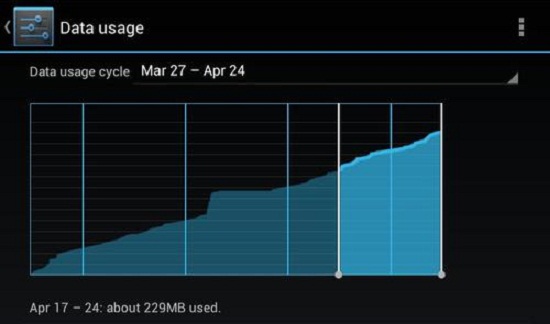As Android is the largest used mobile platform, the next big question on your mind will be the curiosity to know the malware or virus gets into your device. Well, all users install applications from the Play Store and Google keeps an additional security check to prevent it. However, there are suspicious apps in the Play Store that can result in malware and virus.
But, how can you know if there is malware or virus on your Android device? If so, how can you clean your device from the same? Here we discuss the same in this article.
Recommended: Auto Install Apps on Android After Reset or New Setup with Google Account
Finding Out Virus or Malware
Low Battery Life
If you use your Android device intensely, there is a fair chance for your device’s battery to drain quickly. But, if you do not use many battery straining activities, your device should last long. Contradictorily, if your smartphone gets power hungry pretty often, it should be the role of malware. Such impurities in your device will drain the battery quickly. It is because of adware, spam like malware and others that will have a great impact on the battery life.
High Phone Bills
If there are malware and viruses on your device, it will start sending text messages to premium numbers or make calls to such numbers that will increase your mobile bill. Such activities will not happen continuously to avoid suspicion. They might stop after creating a serious hole in your budget.
Data Usage Spikes
Sometimes, malware will increase your data usage by connecting your smartphone to a suspicious websites, downloading large files, clicking on ads and sending messages using internet. This can be observed if there are any significant changes in the upload or download patterns that is a result of someone controlling your device. To prevent this, you can set up data meter quotas to restrict data usage after a particular extent as this will help in finding out if there has been data broadcasting malware in your device. This will indirectly control your phone bills as well.
Unwanted Ads
There could be unwanted pop ups or other intrusive advertisements in your device. These will usually happen outside your normal application experiences. Such an activity on your Android device is likely strong evidence that will hint at the presence of adware installed in your device.
Poor Performance
Malware and virus might cause serious performance related issues in your Android device as it reads, writes or broadcasts data from your smartphone. The problems caused will depend on the hardware specifications of your device. This might require you to reboot your device several times a day as the malware or other stuff will eat up your processing power to a great extent. This way, the applications might not work properly. If you face some performance related issues, you will have to check RAM usage and CPU load as it will let you know if malware is present in your device or not.
Recommended: How to Remove Your Account on Android Devices Remotely
Preventing Malware and Virus
It is advised to install an anti-virus application and scan your device regularly. But, this step will let you know the presence of malware and you have to delete them from the device. But, there are ways to prevent such attacks.
You should keep your device password protected and should keep away from downloading apps from illegitimate or unauthorized app stores. Viewing or sharing details over public Wi-Fi networks could also result in malware and viruses. Before downloading any app, read the permissions and understand them.
Conclusion
In general, malware or other malicious attracks on your Android device can happen at any moment and it is up to you to prevent them. The risks of such content could be severe when there are personal details stored in your device. You can keep away from these dangerous stuff by scrutinizing everything you download or browse.



